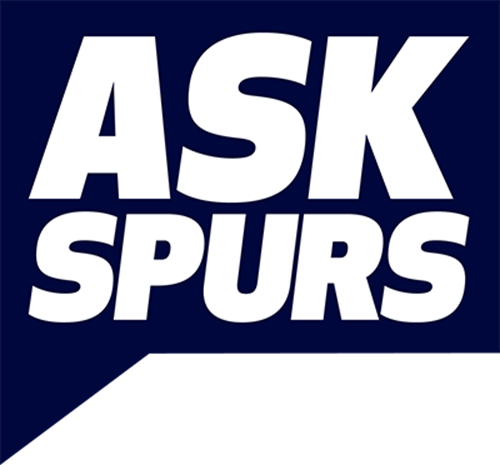Tottenham Hotspur (Spurs) Football Club is located in North London. The club is also known as Spurs. Tottenham's home ground is White Hart Lane. The club motto is Audere est Facere (To dare is to do).
The Club first came to this our present site in 1899 when it was a disused nursery owned by the brewers Charrington. The local land was well known for its superb growing conditions and a landlord of the White Hart public house in the 1890s, George Beckwith, had set up a nursery on the site behind his pub at 750 High Road.
The land was rented from the brewery and a pitch prepared by groundsman John Over. Mobile stands which had been used at the previous ground at Asplins Farm next to the railway line at Northumberland Park were set up on the new site giving cover to 2,500 spectators. The Club offices, previously at 808 High Road, were also housed at the new enclosure.
 A 5,000 crowd saw the first game on Monday, September 4, when Notts County, then in Division One, were beaten 4-1 in a friendly. The receipts amounted to £115. The following Saturday, 11,000 turned up to see the first competitive fixture, a 1-0 win over Queens Park Rangers in the Southern League.
A 5,000 crowd saw the first game on Monday, September 4, when Notts County, then in Division One, were beaten 4-1 in a friendly. The receipts amounted to £115. The following Saturday, 11,000 turned up to see the first competitive fixture, a 1-0 win over Queens Park Rangers in the Southern League.
Within five years the ground had a main stand seating 500, covered accommodation for 12,000 and an overall capacity of 32,000. However, the terms of the lease restricted the Club's ambitions and in 1905 an offer of 5,000 £1 shares was made through the club handbook to contribute towards the £8,900 needed to acquire the freehold plus a further £2,600 for the land at the Edmonton end. A total of 2,000 shares were taken up and a huge bank built at the Paxton Road end mirroring the Park Lane end developed a year earlier, this brought the capacity up to 40,000.
Having secured Football League status, plans were made up by football ground architect Archibald Leitch for a new main stand. Seating 5,300 with a paddock for more than 6,000 in front, it was opened for the visit of Manchester United on September 11, 1909, our first home game in Division One. By the end of that season a copper cockerel and ball adorned the apex of the mock-Tudor gable.
The whole of the East Stand was also covered in 1909 and enlarged two years later when the wooden terracing made way for concrete, increasing the ground holding to 50,000. By this time the ground was frequently being referred to as White Hart Lane, previously it was recorded as the High Road ground or White Hart grounds. The profits of our 1921 FA Cup win were used to build a split-level covered terrace at the Paxton Road end and, two years later, the Park Lane end was similarly developed at a cost of over £3,000. Leitch was again involved in their design that increased the capacity to around 58,00 with room for 40,000 under cover.
The East Stand development was completed in 1934, costing £60,000 and again it was designed by Leitch. Officially opened for the visit of Aston Villa on September 22, it encompassed 5,100 seats and 18,700 terrace spaces increasing the ground capacity to nearly 80,000.
In 1921 the Club purchased the Red House at the front of the ground, which had been used as a restaurant and coffee house for many years, and converted it into the club offices. However, it was not until 1937 that the Club's registered offices changed from the original 750 High Road to number 748. When the pitch was renovated in 1952, remnants of the old nursery were found including a concrete water container, iron piping and greenhouse foundations.
In 1953, floodlights were introduced. Set on four corner poles, they were upgraded in 1957 and that necessitated the removal of the cockerel from the West Stand. It duly reappeared on the East Stand in December 1958. Floodlight pylons appeared in 1961 when a new system was installed and, a year later, the rear of the Park Lane Stand was fitted with 2,600 seats. In 1963, the Paxton Road Stand underwent a similar transformation with 3,500 seats installed and in 1968 was extended to link up with the West Stand, providing a further 1,400 seats.
 Another new floodlighting system was introduced in 1972 at a cost of £26,000. A year later the West and South Stands were linked with an additional 700 seats. The old West Stand was demolished in November 1980 and replaced 15 months later by the present structure, officially opened on February 6, 1982 for the match against Wolverhampton Wanderers.
Another new floodlighting system was introduced in 1972 at a cost of £26,000. A year later the West and South Stands were linked with an additional 700 seats. The old West Stand was demolished in November 1980 and replaced 15 months later by the present structure, officially opened on February 6, 1982 for the match against Wolverhampton Wanderers.
During the summer of 1989 the East Stand was refurbished to its current format signalling the disappearance of the floodlight pylons, to be replaced by spotlights on the East and West stands. The stand was re-opened on October 19, for the visit of Arsenal.
In 1992, seats replaced the lower terrace in both the East and South stands and, a year later, the lower North Terrace was also converted to an all-seater area. The roof of the North Stand was built to link up with the East and West stands. The South Stand re-development was completed in March 1995 and included the first giant Sony Jumbotron TV screen for live game coverage and away match screenings. The capacity of the stadium increased to just over 33,000.
Following a rights issue in 1996, capital was raised to build a new upper tier on the Paxton Road Members Stand that was completed at the end of the 1997/8 season. This also incorporated the second Jumbotron screen and has increased ground capacity to approximately 36,211.












